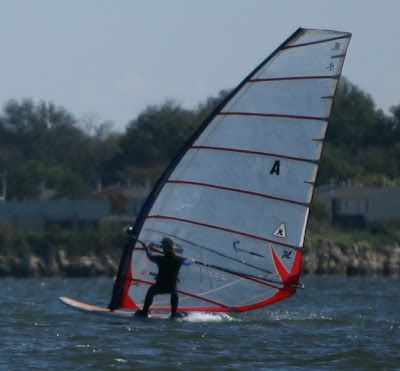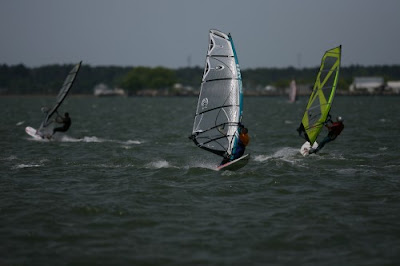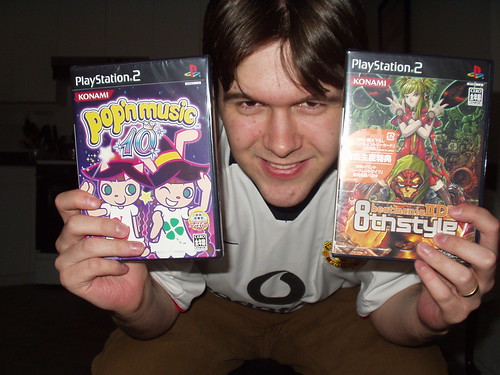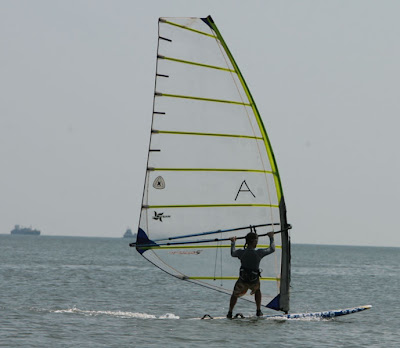There are times in life when you get asked the same questions over and over again. The questioners are usually well-meaning, but by sheer force of repetition, their questions can become mildly annoying. Here are the questions most commonly asked of people at different ages, along with typical answers:
To a little kid:
Q- How old are you?
A-
Free and a haf
To a medium kid:
Q- What grade are you in?
A- Fourth, again.
To a teenager:
Q- What are your college plans?
A- Dude, I’m in the 7th grade, I don’t freakin’ know.
To a college student:
Q- What’s your major?
A- Uh, I'm still undecided.
To a graduate student:
Q- What are you studying?
A- You wouldn’t understand it- I don’t.
To an adult:
Q- How’s work?
A- I’ve been overwhelmingly busy and my coworker Mr. ______ is a dimwit.
To a parent:
Q- How are the kids?
A- They're all successful, attractive, well-behaved, athletic artist geniuses... on the inside.
To a retiree:
Q- How was your cruise?
A- Good, except for the Ebola.
To an old person:
Q- How’s your health?
A- Just kill me now.
Seriously, though, there are some questions that I am asked ALL all the time. I’ll try to answer some of them for real in this blog.
Career / Life questions
Q- What are you studying at VIMS?
A- I study eelgrass, which is a plant that lives under the ocean. Eelgrass needs unpolluted water to live, and it also depends on animals like shrimp and snails to keep its blades clean. I’m trying to learn more about animal interactions with seagrass so we can use that knowledge to help save it. There are lots of good reasons to save the eelgrass, like the fact that it helps clean the water, provides good habitat for fish, and protects shorelines from erosion.

Q- When do you graduate?
A- I hope to become Dr. James in May 2008.
Q- Then what are you going to do?
A- I’m not sure, but I’m applying for “post-docs”, which are low-level research positions at universities or other scientific institutions. After that I’ll try to climb the career ladder and get an interesting academic or government job related to marine biology and ecology.
Q- What’s it like living in Gloucester Point?
A- There aren't a lot of distractions.
Q- Where do you eventually want to live?
A- The West Coast would be nice, but the East Coast South of DC is ok.
Windsurfing Questions
Q- Have you been windsurfing lately?
A- Yeah.
Q- How fast can you go on that thing?
A- My fastest recorded speed was 31 mph. The world record is 54 mph.
Q- Can you do a flip?
A- No, just regular jumps. I’m still trying to get up the nerve to try a flip.
Q- Have you ever tried kiteboarding?
A- No, I have not. But it looks like like lots of fun.

Random Date Questions
Q- What kind of music do you like?
A- Mainly rock, reggae, and techno. I have some latent bohemian tendencies, but lack the motivation and cash to be a real hipster music connoisseur. My most recent album purchase was The Shins’ “Wincing the Night Away”.

Q- What do you look for in a woman?
A- I’m not going to go there.
If you have any questions I neglected to ask myself here, you can ask me in the comments section.





 The biggest sails for recreational windsurfing are about the same size as the SMALLEST sails for formula windsurfing. But to keep up around the formula course, you need to rig big. The wide boards make it possible to handle an oversized sail, but it’s still a difficult and scary task, especially when you’re barreling downwind at breakneck speed. After a 20 minute formula race you’re exhausted, more than likely humiliated, and, if you’re Alan Bernau, the pain makes you ornery (see below).
The biggest sails for recreational windsurfing are about the same size as the SMALLEST sails for formula windsurfing. But to keep up around the formula course, you need to rig big. The wide boards make it possible to handle an oversized sail, but it’s still a difficult and scary task, especially when you’re barreling downwind at breakneck speed. After a 20 minute formula race you’re exhausted, more than likely humiliated, and, if you’re Alan Bernau, the pain makes you ornery (see below). 


















